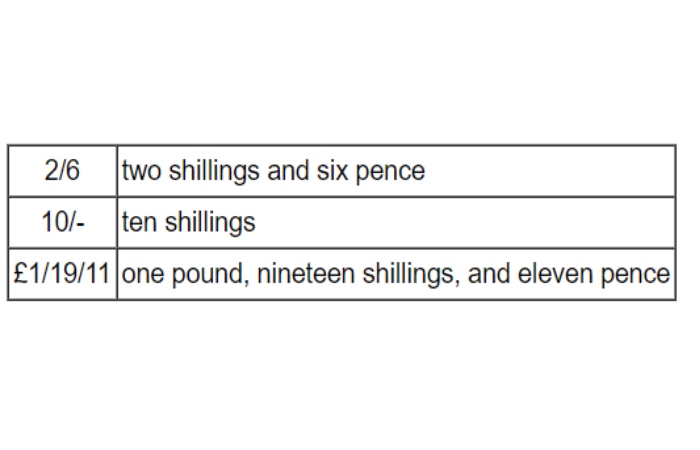A solid, oblique, or forward slash / is a punctuation mark. It is also called the diagonal, separator, shilling sign, stroke, forward slash, forward slash, or forward slash.
Table of Contents
Usage
This symbol dates back to the times of Ancient Rome. In the early modern period, it was the predecessor of the comma in German.
English
The most commonly used hyphen replacement is to clarify strong connections between words or phrases, such as “Ernest Hemingway / William Faulkner generation.” However, it is very often used to represent concepts or especially in instructions.
This symbol also appears in a phrase and/or prosaic representation of a logical concept involving or. However, the Georgia Legislature has banned the use of the word as cumbersome.
The forward slash is often (incorrectly) used to separate letters into two-letter initialisms, such as R / C (short for radio control) or even w / e (short for Internet slang for anything). However, purists strongly discourage the overuse of this symbol as it can create confusion about its meaning.
The forward slash character is also used to indicate a line break when multiple lines from a poem or play are quoted.
For the special use of slashes in fan fiction titles, see Slash Fiction.
Arithmetic
The forward slash sign is used to separate the numerator and denominator in a common fraction, or as a division operator in general.
3/8 – three eighths
x = a / b – x equals a divided by b
Note that the special Bar Fraction character U + 2044, the ⁄ character (solid or the schilling mark itself) can be used instead of the forward slash, and is preferred when possible. It is also present in many character sets inherited from the Apple Macintosh. Systems capable of accurate typography should display the result as a true fraction with lower numbers. Unicode also distinguishes the separator forward-slash U + 2215 (∕), which can be more oblique than the regular solidus sign.
Computing
The presumptuous slash is used to separate directory or file names in Unix file paths and URLs.
It is sometimes referred to as a “forward slash” to contrast with the backslash \, which is a path separator on MS-DOS and Microsoft Windows systems. Windows uses the backslash instead of the forward slash because, in the early days of DOS before directories were supported. The forward-slash was chosen as a command-line parameter prompt:
directory / without file c: \ windows \
Note, however, that the forward-slash is also accepted as a path separator in most versions of DOS and Windows, in most contexts where there is no ambiguity with command-line options. Non-technical people often casually and incorrectly refer to the forward slash as a “backslash”, for example when reading a URL aloud.
In computer programming, the solidus sign corresponds to Unicode character 47 and ASCII, or 0x002F. Used in the following configurations:
In most programming languages / is used as the division operator,
C (1999 standard) and C-like languages use // (two forward slashes) to start a one-line comment.
In HTML and XML, the forward slash is used to indicate the end tag. For example, HTML </b> ends with a bold section starting with <b>.
Dates
Some abbreviated date formats use the / character as a separator, for example, “September 16, 2003” (in the USA) or “September 16, 2003” (in many other countries) means September 16, 2003.
In the UK, there was a special use of prose: May 7/8 referred to the night that begins on the evening of May 7 and ends on the morning of May 8, which adds up to about 12 hours depending on the season. It was used to compile a list of nocturnal explosions that were to occur after midnight. Some US police forces use it for nighttime riots or chases. In contrast, the hyphenated form, May 7-8, would refer to a period of two days, with a maximum of 48 hours. This is usually used for meetings.
The problems with the use of forwarding slashes in dates are exacerbated by the international standard ISO 8601. Adopted by both Germans as DIN 5008 and Europeans as European standard EN 28601. These standards prescribe dates to be written with hyphens. But time periods are written using slashes: for example, 1939 -09-01 / 1945-05-08 would be the duration of World War II in the European theater of operations, while 09-03 / 12-22 could be used to crash. Western school semester from September 3 to December 22.
British Money
Prior to the UK decimal system, / was used to separate the values of pounds, shillings, and pence. Notice how the dash is used to signify zero.

Alternative Names
In the UK, the usual term for branding is devious, although the slash is gaining traction with the increasing use of computers and also through media such as BBC Radio.
This is sometimes referred to as a stroke (or oblique stroke), although it can be confused with a dash.
